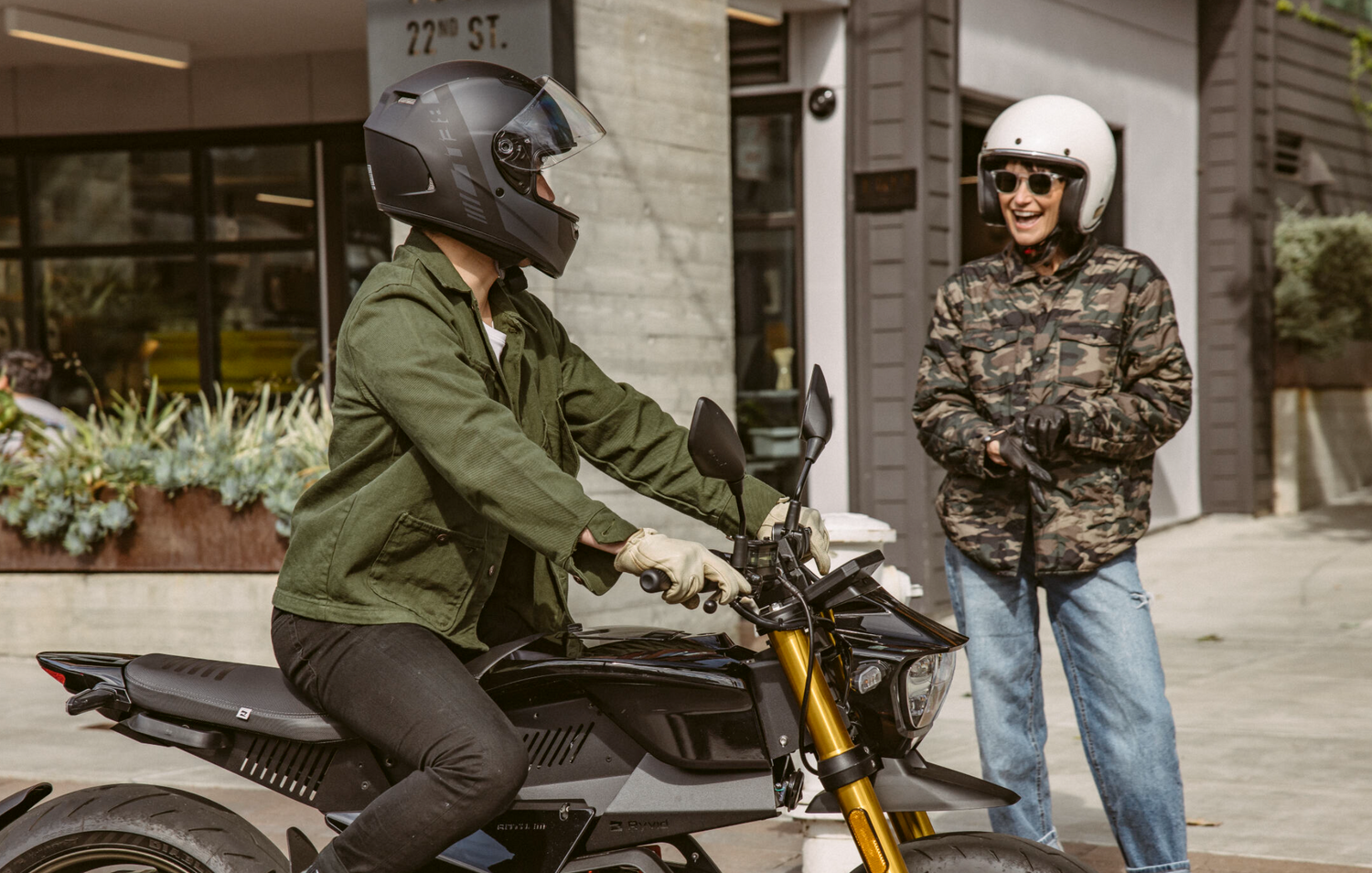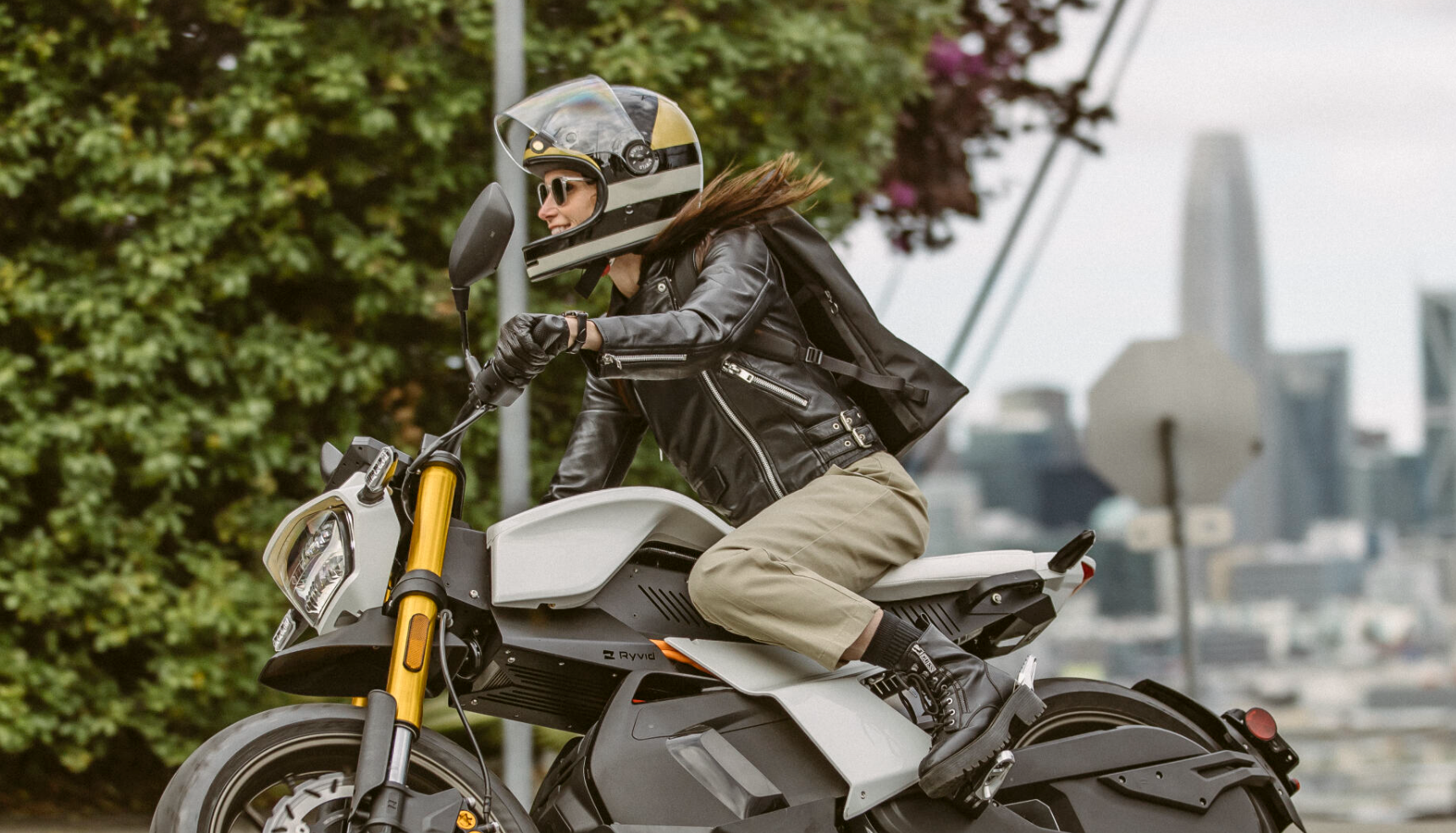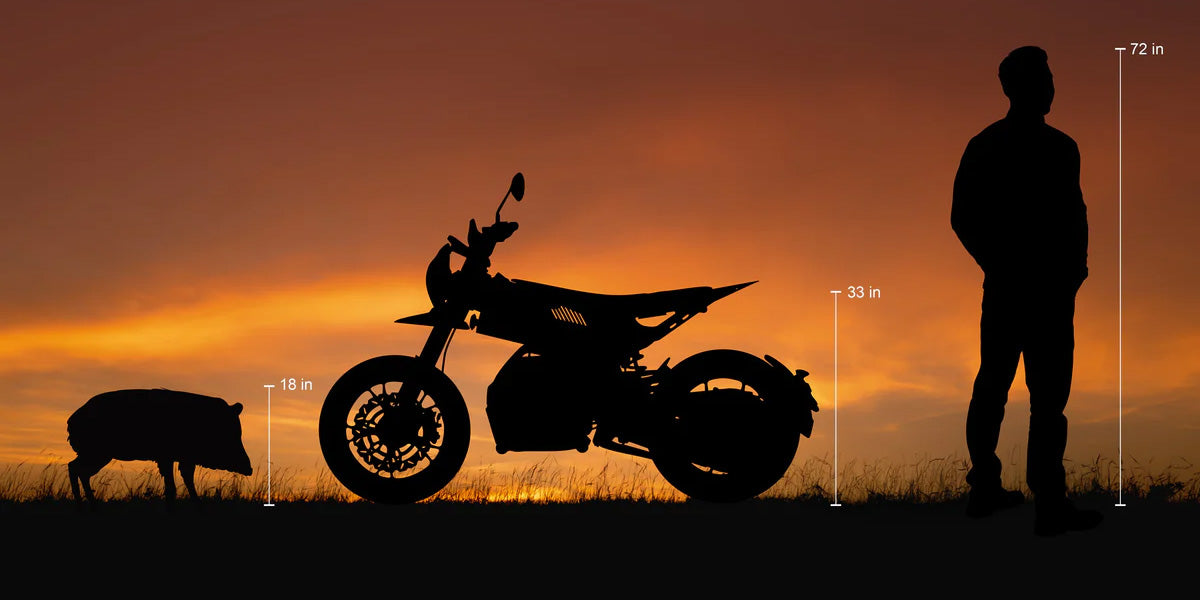When it comes to motorcycle safety, your helmet is the most critical piece of gear. A properly fitted helmet doesn’t just enhance comfort—it provides essential protection in the event of an accident. Choosing the right helmet goes beyond aesthetics or price; it’s about finding one that fits well and meets the highest safety standards.
This guide will walk you through the key factors in selecting the best motorcycle helmet, including:
-
- Understanding helmet shapes
- Measuring for the right fit
- Ensuring proper helmet fitment
- Exploring different helmet types
- Learning about safety certifications
Helmet Shapes: Identifying Your Head Profile
Helmets are designed for different head shapes, and identifying your own is the first step in finding a comfortable fit. Most manufacturers categorize helmet shapes into three primary types:
-
- Long Oval – More extended from front to back than side to side.
- Intermediate Oval – Slightly longer front to back, which is the most common head shape.
- Round Oval – Nearly equal in width and length.
Determining your head shape helps narrow your choices to helmets designed for your unique fit.
Measuring for the Perfect Helmet Fit
Finding the right size helmet starts with an accurate measurement. Follow these steps:
-
- Use a soft measuring tape.
- Wrap it around the largest part of your head, just above your eyebrows and ears.
- Note the measurement and compare it to the sizing chart of your preferred helmet brand (as sizes may vary between brands).
Testing the Fit: How Should a Motorcycle Helmet Feel?
Once you’ve chosen a helmet size, it’s time to try it on. A well-fitted helmet should feel snug but not painful. Here’s what to look for:
-
- Cheek Pads – Should press against your cheeks without excessive force.
- Side-to-Side Movement – Hold the chin bar and move the helmet. If it shifts independently of your head, it’s too loose.
- Comfort Level – While snugness is necessary, avoid helmets that create pressure points, as they may become uncomfortable over time.
- Break-in Period – Helmet padding tends to settle about 15-20% over time, so a slightly firm fit initially is ideal.
Exploring Helmet Types: Finding the Right Style
Motorcycle helmets come in various styles, each offering different levels of protection and comfort:
-
- Full-Face Helmet – Provides maximum coverage, including a chin bar for added protection.
- Modular Helmet – A hybrid between full-face and open-face helmets, with a flip-up front section.
- Open-Face Helmet – Covers the top and sides of the head but leaves the face exposed.
- Half Helmet – Offers minimal coverage and is popular among cruiser riders.
- Off-Road Helmet – Designed for motocross and adventure riding, featuring a pronounced chin bar and peak visor.
Understanding Safety Certifications
Helmets are subject to various safety standards, ensuring they provide adequate impact protection. In the U.S., helmets must meet at least one of the following certifications:
-
- DOT (Department of Transportation) – The mandatory U.S. safety standard.
- ECE (Economic Commission for Europe) – A globally recognized certification with extensive real-world testing.
- Snell – A voluntary standard with rigorous impact and penetration testing.
Checking for these certifications ensures your helmet meets essential safety requirements.
Where to Buy Your Next Helmet
Finding the right helmet is easier when you know where to look. Consider these options:
-
- Helmet House – A top distributor offering a variety of premium brands.
- Cycle Gear – A nationwide retailer with in-store and online options.
- RevZilla – A trusted online retailer known for detailed product reviews and expert recommendations.
- J&P Cycles – Specializing in cruiser and touring gear.
- Local Dealerships – Many motorcycle dealerships carry a broad selection of helmets to try on in person.
Final Thoughts: Prioritize Fit and Safety
A well-fitted helmet enhances safety, comfort, and overall riding experience. By understanding your head shape, measuring correctly, and choosing a helmet that meets safety standards, you can ride with confidence knowing you’re well-protected.
Ride smart, ride safe—your helmet is the most important investment in your motorcycle gear!


